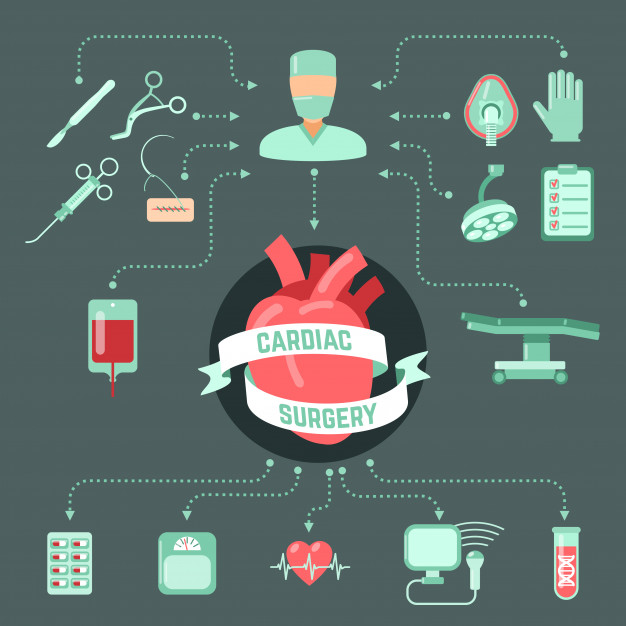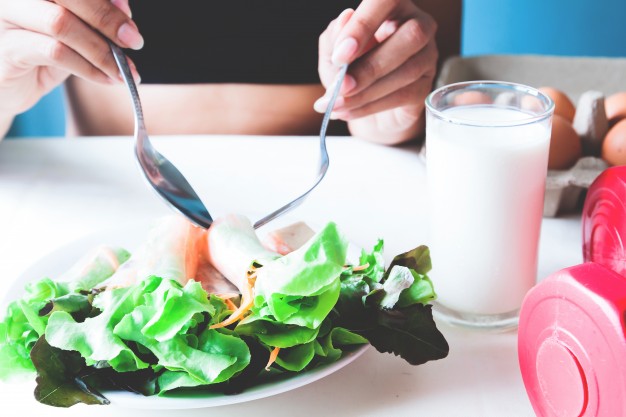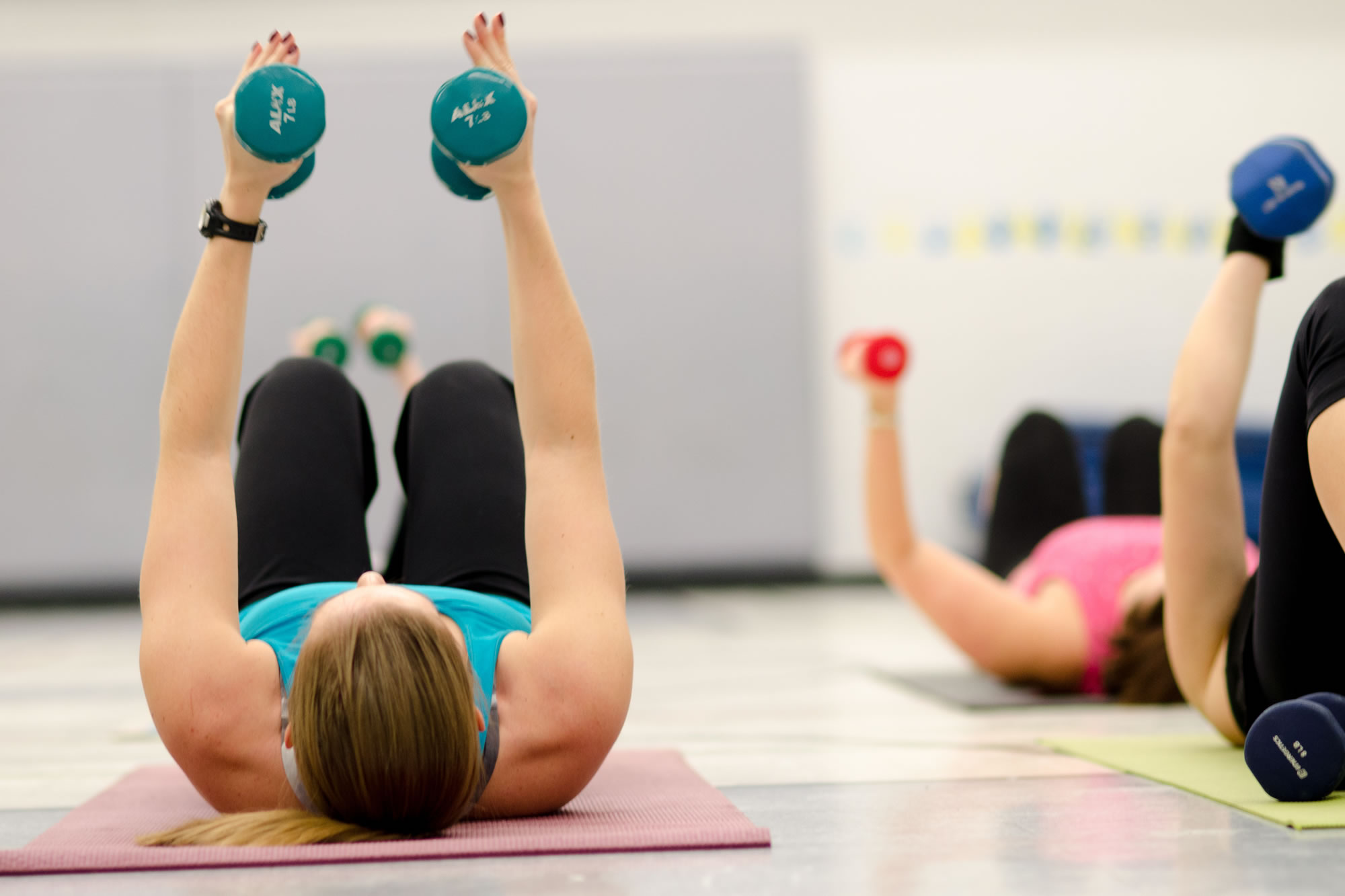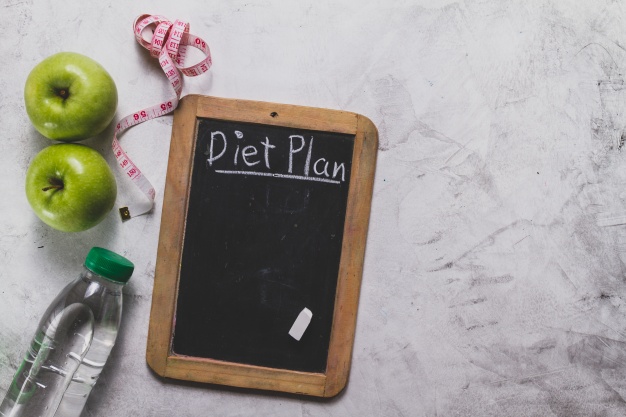Dear Pooja,
My father, 72, had an open heart surgery a few weeks ago and is better now. He did not have a heart attack, and he does not have diabetes nor high BP. What are the kinds of foods he can have now to gain back his strength? He is slim and had been otherwise fit always and is a vegetarian.Your father can most easily be the best example to what I say over and over again ‘You are what you eat’ being a wise eater thus the absence of any excess weight baggage and like you said fit always’ and therefore is metabolic disease free even now. The reason for an open-heart surgery could very well be age related plague deposition as the most noticeable characteristic of vascular ageing is the change in the mechanical and structural properties of the vascular wall. Now to help him regain his strength first focus should be on better quality proteins – being vegetarian please ensure you are giving him one-two servings of dal/pulses/sprouts daily – low fat milk and its products and if possible introduce some quinoa and soyabean weekly. Vitamins are another point to emphasis thus ensuring no micro nutrient deficiency leading to delayed healing. Two-three servings of vegetables plus an additional raw veggie juice daily (minimum three colours of vegs) along with two-three servings of fruit daily should do the trick. Ample hydration, adequate sleep and slow walks for about 15-20 minutes a day should help in better recoup and recovery. Check with your doctor or nutritionist for basic multi vitamins and some B12 as well as omega 3-6-9 supplements since he is vegetarian. Always keep the faith in the magic and the powers of healthy frequent eating and may he have a long healthy life ahead.
January. No month bursts with as much promise as this one. A fresh start to the year, a clean slate. It’s when gym memberships increase, when resolutions to get healthier spike. But come June or July -or even February or March -and your enthusiasm dims… till it’s December again.
AGAIN
Why does this cycle repeat itself? What is it about new year resolutions -especially the ones that seem to be made for fitness -that fail? I think the answer lies in not just understanding your body but also your mind.
UP AGAINST AGE-OLD HABITS
If you have never -or barely -exercised in the previous year, you can’t expect to suddenly hit the gym six times a week, and subsist on kale, lettuce and fresh air when the clocks turn over from December 31 to January 1. Your body doesn’t understand calendars, it understands repetition eat healthy long enough, exercise regularly, and your body slowly begins to form healthy habits and expects, sometimes even craves, a lifestyle that’s leaner and greener.
SEEKING INSTANT GRATIFICATION
Changes that stick are changes that you introduce gently, patiently and systematically. Good habits take time to form. And how much time it takes varies from body to body. Your body and mind will take time to adapt to your new lifestyle. At times, this may frustrate you because your unfit habits try to latch on for as long as possible.
Pick yourself up everytime you slip. Make a fresh start. You may fail a 100 times, but you need to succeed just once to get yourself going. Setting new habits is one of the hardest things to do. Also, the time frame to reach a healthy goal varies from person to person. Some bodies respond quickly, some take time. But everyone always gets there.
YOU HAVEN’T PLANNED WELL
Fitness and weight loss require planning, thought and organisation. Have you selected the right meal plan that fits your existing eating habits? Do you have access to healthy ingredients? Are you prepared with healthy snacks in your bag in case you feel hungry during the day? If you are a working professional or can’t cook, do you have the support system or arrangement to get healthy food?
Have you chosen a fitness programme group that’s right for you (not too advanced or strenous)? Is the gym too far away from your home or office?
You need to make access to fitness convenient for you. You don’t fit your life to fitness, you have to fit fitness into your life. It’s called the battle of the bulge because it takes time and hard work until fitness becomes a permanent part of your life. Remember that it is not you against someone else it’s you against you. If you set your own bar and compete with yourself, you will always win because it’s your race. On your terms.
We know how fat gets into our body. We eat cakes laden with cream, samosas laden with oil and malai kulfi laden with, well, malai. Food high in fat is a sure way for fat to eat its way into ou body through our mouth, sit in places we do not want it to sit and stay stubbornly put until we do something about it. But do you know how fat leaves the body?
What happens when the extra jiggly bits on your arms, your thighs, your abs start looking slimmer because you have been working out or dieting, or both? What happened to the excess fat that you had accumulated? Where has it disappeared? Any guesses? Surprisingly, not many qualified doctors, nutritionists and fitness trainers know the correct answer. Welcome to The Big Fat Mystery.
WHERE DOES THE FAT DISAPPEAR?
To understand where fat goes, we first need to understand what fat is.
Fat tissue is composed of lipids biological molecules made up of compounds of hydrogen, oxygen and carbon that store energy in their bonds. When we exercise or make successful attempts to burn fat, the molecules are broken apart, the enerd gy stored in these l bonds is released.
But when this hap pens, where does the extraneous `padding’ that lines our bellies and bums go? r Well, while the energy is released, the hyg drogen, carbon and oxygen in those molecules still remain in your body.
What , becomes of them?
How do they get released?
The same way they came in. We exhale it. Biolo gists at the University of New South Wales (Australia) have now conducted in-depth research on where the mass of your fat goes after you burn it inside your body. For every kilo of fat you burn, 80 per cent of that mass is released as carbon dioxide when you exhale. The rest of the 20 per cent is released through wa ter urine, sweat or tears, if you really hate to exercise.
FACT OF THE `MATTER’
Why this happens is quite simple really. Remember, matter cannot be destroyed it can only change form. For example, ice and steam are just changed, altered states of water. In other words, if we accumulate fat in terms of actual physical visible fat, it needs to change its form to another if it has to be expelled during the burning process.
And why does this matter? It’s good to understand what happens to the fat that you are burning because when you are on that treadmill, huffing and puffing away, you will know that every breath you exhale is a sign of fat leaving your body, and that you are inching closer to losing those inches.
When you are exercising at a pace that’s optimal for fat burning, know that the sweat you see on your clothes is not just sweat, and exhalation is not just exhalation.
It’s a sign that a particular mass of fat has truly been expelled from your body. And depending on how disciplined you are -it’s not going to return soon.
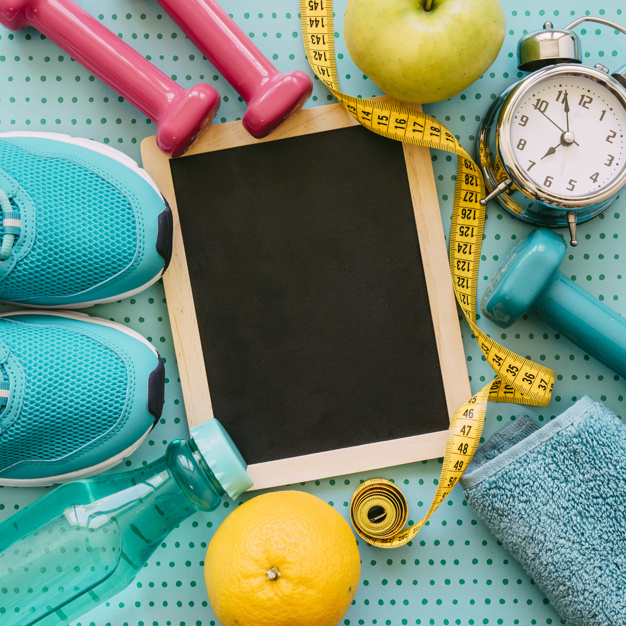 Traditionally, men’s fitness has always been associated with getting bigger and not smaller.From the days of Rocky Balboa and John McClane to Vin Diesel and John Statham, big beefy guys defeated the bad guys and got the girls. The notion of fitness with getting thinner -and not beefier -is a relatively newer phenomenon for men, who, like women, are putting on more weight because of a sedentary lifestyle.
Traditionally, men’s fitness has always been associated with getting bigger and not smaller.From the days of Rocky Balboa and John McClane to Vin Diesel and John Statham, big beefy guys defeated the bad guys and got the girls. The notion of fitness with getting thinner -and not beefier -is a relatively newer phenomenon for men, who, like women, are putting on more weight because of a sedentary lifestyle.
While it’s important to spend more time in the gym, getting off the couch may not be the only way to banish your inner, and outer potato. Paying attention to nutrition becomes crucial to losing weight and keeping it off. While the schools of thought on weight loss are as diverse as the people who graduate from them, I’ve broken them down into Hard and Smart. The difference is replacing the old idea that you need to kill yourself to achieve anything in life (Hard) with the belief that you can have your cake, and eat it too (Smart).
Hard: Eat less, weigh less Smart: Eat to lose
If you’ve been drastically cutting calories when you want to lose weight, here’s why you shouldn’t. Cutting too many calories puts you body into starvation mode. When your body is in this mode, it can’t metabolise, or burn fat (because fat burning occurs only when your body is adequately nour ished). If your body can’t burn fat, it starts to burn the next best thing: muscle. The more muscle you lose, the more your fat cells start to increase: the lost muscle is replaced by fat. And the more fat cells you have, the greater your body’s tendency to store more fat when you get back to eating `normally’. Fat burning is at its optimum when your body is adequately nourished with a balanced and healthy diet. So many of my clients have to eat more than they ever did (healthier stuff like fruits, veggies, egg whites), and that too at frequent intervals.
Hard: No snacking Smart: Eating every 2 hours
Eating between meals was said to be the culprit behind weight gain, with the implication that you needed to eat only during your main meals (breakfast, lunch and dinner) to lose weight. However, studies have disproved this belief.You need to get away from the age-old habit of packing your day’s nutrients into three-four meals, and instead, spread them out in the form of smaller, more frequent meals.
Digestion itself is a calorie burning activity just like walking, running or jumping. By eating smaller meals through the day, you allow your body to burn calories through the digestive process. Eating every two hours (not more or less), I find, is the best way to take advantage of this phenomenon.
Hard: Sweat more, eat more Smart: Sweat less, eat smart
So many of my clients come in with the idea that they can eat whatever they want, so long as they are working out. It’s such a hard way to lose weight. It’s really just about the math. If you eat a 1,000 calorie burg er, you will need to jog for approximate ly two hours to burn it off. Would n’t an easier option be to choose a less calorific version of the same dish? Restaurants all over the country can make low-fat versions of your fave foods. Eat smart. Spend less time in the gym. Exercise can only complement, and never replace food as a way to lose weight.
Hard: Fixed workouts Smart: Get moving to get losing
You don’t necessarily have to workout at a set time and at a set place to get your weight loss going. Increase your level of daily activity. Walk up the stairs instead of taking the elevator or escalator. Include more activities like hiking or cycling when you vacation. Walk over to your colleague’s desk instead of emailing them. Your body will take note of the cumulative increase in activity and will reward you by losing the weight. You’d be surprised at how effective, and motivating, this is.
Hard: No junk food… ever Smart: Everyone’s invited
Your life is made up of all sorts of buddies: the nerd, the shopaholic, the one you can call at 4 am to bail you out of jail or the one who has seen you through drunken binges and toxic relationships. You’ve got to use the same logic with food. Food exists in all kinds of shapes, sizes and forms. Some you need to be acquaintances with, some you can be good friends with, and some you can be best friends with. But the good news is, you can be friends with all kinds of food.
Best friends (What you can eat daily): Rice, roti, bread, upma, kurmura, dalia, cornflakes, popcorn, noodles, poha, bhel, spaghetti, whole wheat pasta, vegetables, chicken, fish, turkey, dal, grapes, mangoes, bananas, paneer, skimmed milk, curd, egg white, quinoa, khus khus, sweet potato, rava, sooji, bajra, jowar.
Good friends (Once or twice a week): Cheese, fried food, pizza, prawns, cake, ice-cream, samosa, batata vada, pakoda, fried wantons, jalebi.
Acquaintances (Once a month): Lard, bacon, beef, mutton, pork, shellfish, smoothies, fruit juice, aerated beverages.
It’s raining buckets. You theatrically sigh in pretend lament as your heart secretly does cartwheels no exercise today! For those of you who find it hard to reign in the urge to skip rained-out workouts, I’ve got bad news.I am going to suggest ways to lose weight, eat smart and exercise within the four walls of your home. Don’t hate me.It’s all for your own good.
Unless you have a home gym or a place of exercise that doesn’t involve some travel, there will be days where you genuinely won’t be able to make it. But I find that a lot of people use this season as a pretext to get off the health track entirely. Why gain when it rains? Look at it this way: a healthy monsoon means that when the party season rolls around, you are looking smoking hot. Instead of taking a rain check this season, take in the rain checklist instead…
FOR FOOD
You don’t have to plough slippery streets and negotiate overflowing gutters to get to a nutritionist. Online meal plans as well as online home delivery options abound. Nutritionists have also started online programmes so, after preliminary health checks and blood tests, the meal plan gets delivered straight to your inbox.
If you aren’t going to a nutritionist, do your research online and carefully choose diets that consist of about 25 per cent protein, 10 per cent (good) fats like MUFA, PUFA and Omega-3 and 65 per cent carbs (which includes fruits, vegetables, breads, pastas and the like). Needless to say, your carb intake needs to tip in favour of healthy fruits and vegetables. Check with your doctor that the diet ensures weightloss or maintenance (whatever your aim), and will not affect your general health. Also, don’t forget to monitor your oil and sugar content during the programme: depending on your lipid profile, 2-4 teaspoons of oil a day is all you need to ensure that your low-cal food has both fat and flavour. I’d also advise you to break up any diet you take into smaller meals and eat every two hours. The process of digestion burns calories and smaller meals help keep your body in the digestion mode for longer.
One of the most fun parts about going online though is tracking your progress -there are tons of weight tracker apps out there. But be honest to yourself.
FOR COMFORT FOOD
There’s something about the monsoon that heightens the senses and the food cravings with it. Avoid common comfort food traps. While bhujiyas and pakoras are standard monsoon comfort fare, other healthier options also work. Corn-on-the-cob or bhutta is a brilliant and incredibly healthy masala-filled option. Corn-in-a-cup also works. Boiled black chanas, piping hot idlis with yummy sambhar, masala rava idlis, hot masala chai (without tons of sugar), hot soups, boiled peanuts, kebabs, chicken tikka (with low oil), grilled vegetables, dosas, neer dosas, uttapams and upma -all have the ability to satisfy your craving for something fried in the rains.
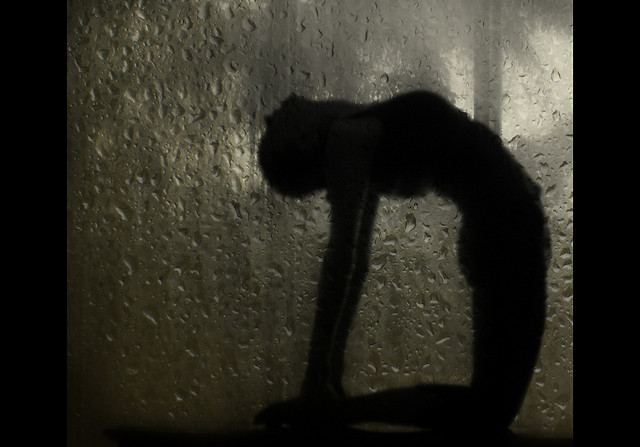
FOR EXERCISE
If you can’t make it for a walk or the gym, you’d be surprised with the kind of workouts DVDs can give you. These may even go one step further, providing that missing bit of variation to your workouts, leading you to exercise mus cles that may not have been active in your regular workouts. Or just climb stairs or jump rope: both are amazingly simple ways to get your heart rate pumping just enough to lose weight.
So there you have it. The no-excuses guide to monsoon fitness. And a no-holds-barred solution to looking your best during the monsoon months.
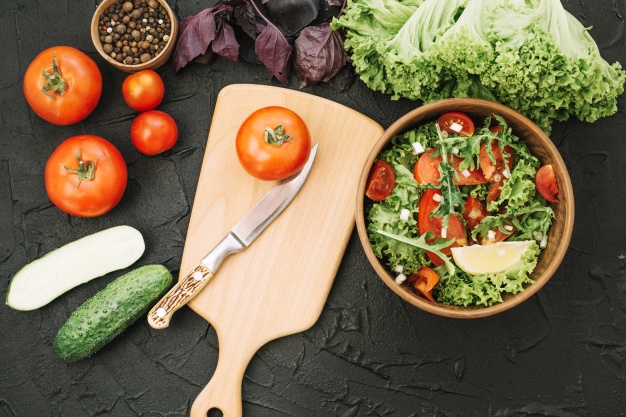
What’s the best diet for weight loss? Celebrity nutritionist and founder of www.nourishgenie.com,Pooja Makhija weighs in.
Sometimes the road to body beautiful seems miles away. No matter how hard you try to diet, exercise or sacrifice, you begin to wonder whether you will ever achieve your healthy goals. Fat weight loss sometimes seems as mythical as world peace. In a situation where questions seem to follow questions, I present to you a simple hack: three tricks for identifying whether a weight loss diet is indeed good for you and able to deliver the results you have always wanted. While any calorie-controlled diet should help you lose weight – you can find good diets online or even more customized plans on websites like www.nourishgenie.com – evaluate the diet at hand by asking yourself the following questions:
Is The Diet Helping You In The Long Term?
If you’re going to make the effort anyway, why not choose a diet that helps you both lose weight and keep it off? Liquid diet weight loss is one such short-term, futile approach. Juices cleanses or some detox diets would be examples of a liquid diet weight loss attempt but any diet that is skewed in the favour of liquids and not solids already means that your efforts will literally go down the drain. Liquid diets are akin to starvation, and no starvation diet will do anything for your body in the long run except harm it. If you want to really employ one of the best weight loss tricks ever, how about simply eating healthy instead? Food is one of the best tools for weight loss. Eat to delete.
How Does Your Diet Make You Feel?
Your body is the quickest indicator of your wellness. As weight loss diets are meant to correct an eating pattern but not to punish you for it, the best diets are those that make you feel energetic, happy and motivated. If your meal plan makes you feel tired, lethargic, run down, irritable or depressed, you haven’t chosen right.
What Should You Expect From The Diet?
Make sure that the diet you choose results in permanent weight loss. Obviously when I mean ‘permanent’, I mean that you do not revert to your old weight once you have adopted a new lifestyle. Another good indicator is fat loss. If your diet suits your body, it’ll leave your muscles alone. A good diet for weight loss doesn’t allow the body to use up muscle instead of fat, which happens in cases where nutrition is inadequate.
Apart from a good diet plan for your weight loss, there are a few more weight loss tricks: Make sure you eat every two hours: This’ll not only keep your hands off junk food, but also provide a steady stream of energy through the day. Additionally, like walking or running, even digestion burns calories, and eating frequently helps keep your body in the gym. Eat fruits good for weight loss.Apples, oranges, grapefruit, even mangoes (all except bananas) are all examples of fruits good for weight loss. And don’t forget to drink water and sleep well because it is a holistic approach to health that works the best of all.
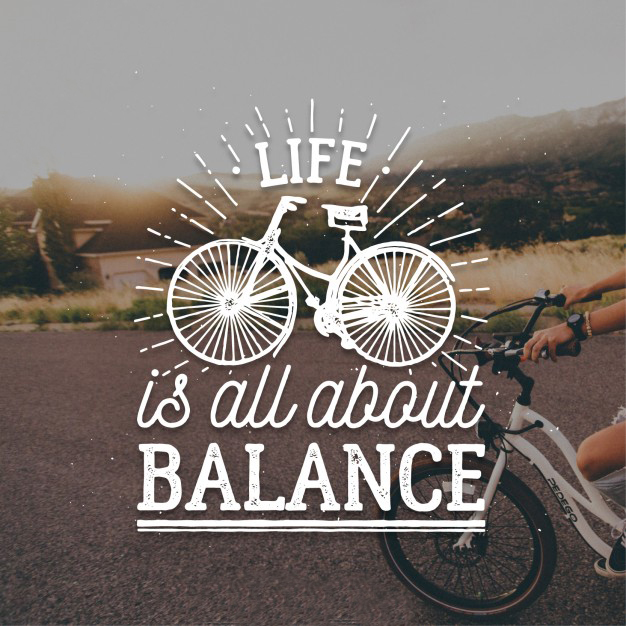
Celebrity nutritionist and founder of www.nourishgenie.com, nudges weight loss in the right direction.
Food is meant to be a good, beautiful, nourishing thing. It gives us strength to do things we love. So why is it that when it comes to losing weight, food becomes bad, like the enemy? Like it’s wrong somehow or that dieters don’t ‘deserve’ to eat? I see so many cases where instead of using nurturing foods, people punish the body with little, tasteless or no food at all in a bid to undo years of unhealthy eating in a matter of weeks or months.
But it cannot be done.
You cannot undo habits overnight that have lead you to gain weight over years. Starvation/fad diets or what I like to call weight loss by punishment, is usually not sustainable and restrictive diets are oftentimes the quickest to see their results negated as the body limps back to pre-diet weight. All that hullabaloo for nothing.
Or is it nothing? Starvation tricks the body into thinking that it is not getting any food. Your body begins to desperately hang on to the first meal you eat, and stores it as fat. Starvation – or low-calorie/fad diets – also make your body lose muscle, and the only thing that muscle loss is accompanied by is fat storage. In other words, even if you starve yourself, the only thing you eventually gain from the attempt is weight. So all that hullabaloo is not for nothing, it’s for something.
No matter how shiny the package or tempting the ad, there is no reason to subscribe to diet food or foods because all foods are essentially diet food, barring a few like red meat. The fat content of food greatly depends on how it is made. If eaten in moderation and cooked with little oil, potatoes are brilliantly healthy. French fries, not so much. As long as you control for sugar and oil, there are very few foods that are off the table.
Second, fat is good. In fact, it’s very good. In fact, it’s so good for you that it is one of the five nutrients – the other four being protein, carbs, vitamins and minerals – your body needs for its daily survival. Fats compose of about 10% of your total calorie intake. Daily. And while a low-fat diet plan is good for you, no-fat diet plans are bad. Fats are needed for the brain, for the body’s daily functioning, for the skin, among other vital functions. A good low-fat diet plan consists of healthy fats like nuts, seeds, healthy oils like olive oil. If you’re confused about where to get good fat-moderated diets, you could ask a nutritionist, or go online (where there are scores of free diets available) or even find one on customized online diet portals like www.nourishgenie.com.
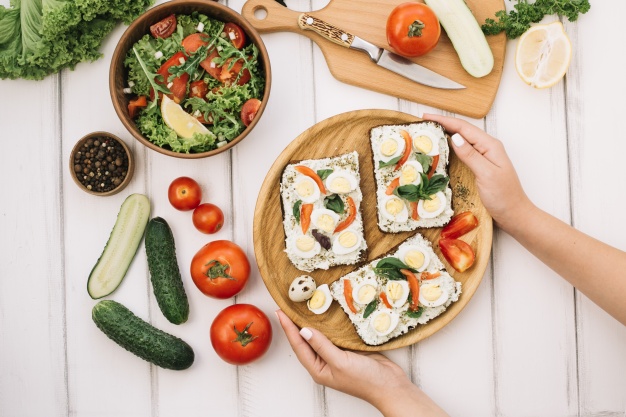
The point, of course, of any good diet plan is that it should make you feel good, both physiologically and psychologically, and leave you energized and happy.
A good diet plan enables you to healthily indulge in all kinds of foods like rice, mangoes, pasta, noodles, popcorn and more, and won’t make you wistfully stare at your family as they eat ‘normal’ food, because you should always eat together. Eating meals together with friends and family not only gets you closer to them, it takes you closer to your better self too. And that’s really the whole point, isn’t it?

